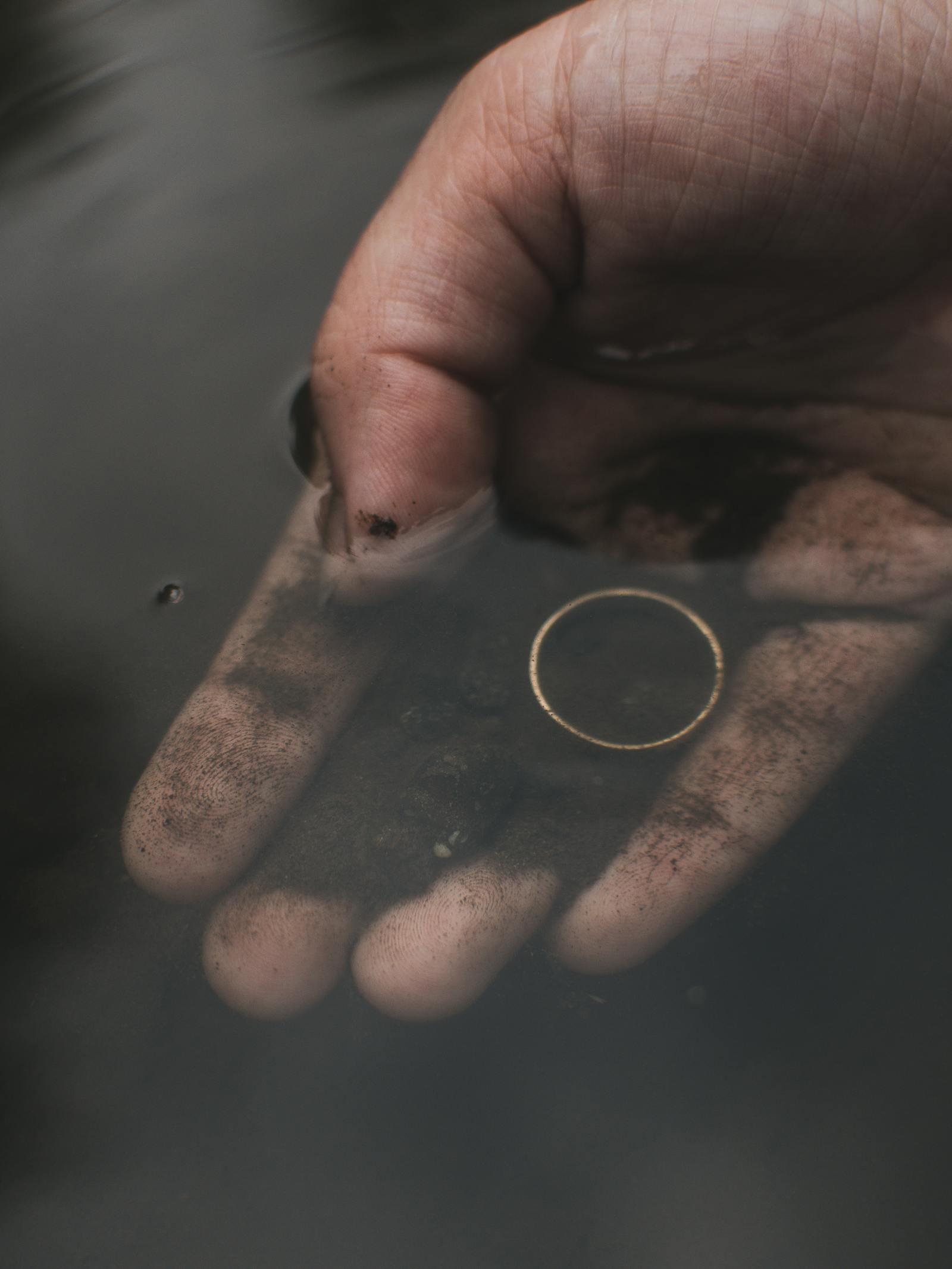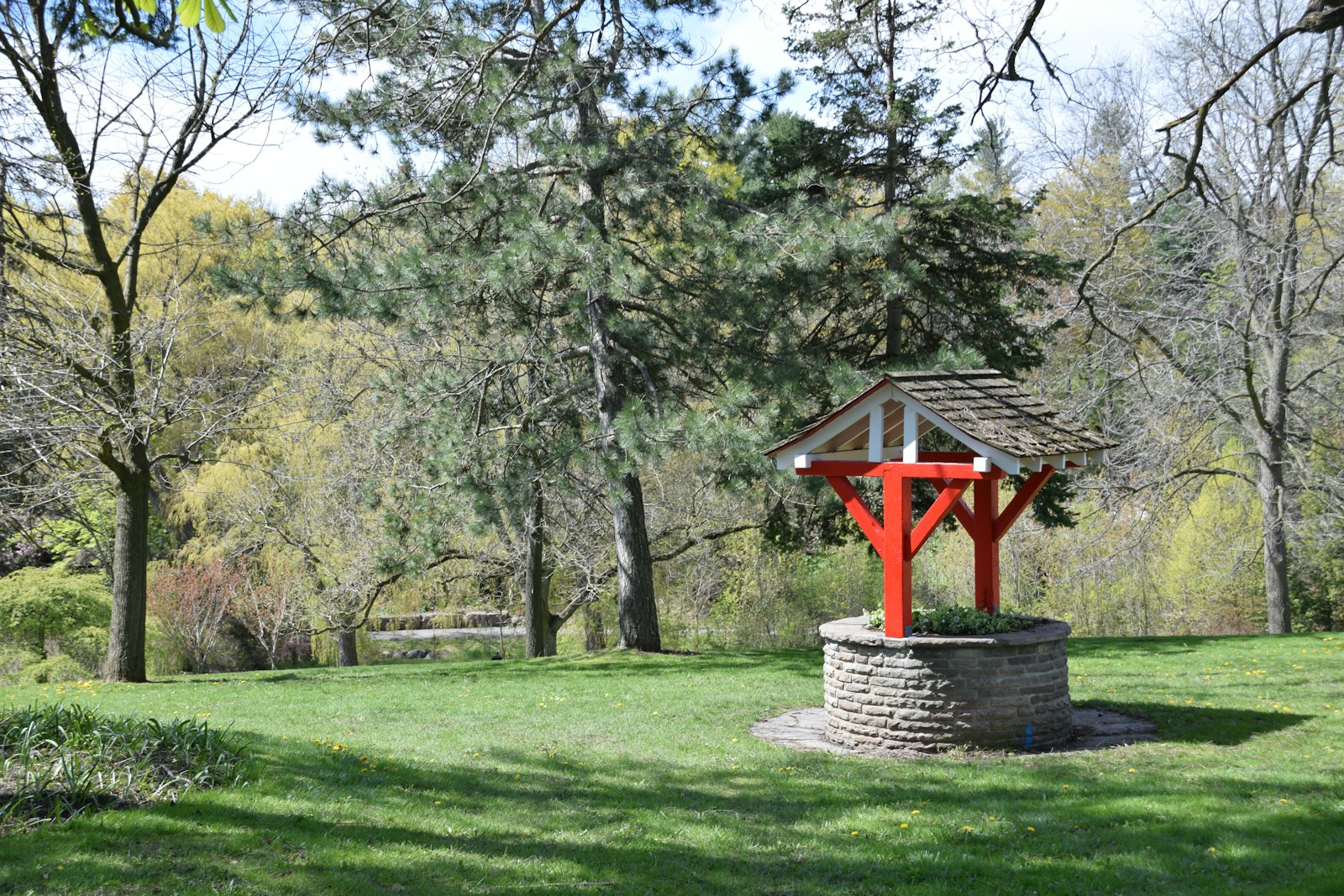By Rory Hale – REALTOR®, Rural Properties & Acreages near Calgary
One of the greatest joys of rural living is having your own private water source — your well.
It’s a beautiful thing: fresh, clean water pulled right from the earth beneath your feet. When you live on an acreage, your well isn’t just a utility — it’s your lifeline to independence, self-sufficiency, and peace of mind.
That’s why it's so important to truly understand how your well works and how to care for it properly. A little attention and regular maintenance go a long way in ensuring you always have a clean, reliable supply of water for your home, your garden, and your animals.
Before you purchase a rural property, I always recommend — and personally insist for my clients — that you include a well-testing condition in your offer to purchase. It’s a small step that protects you and ensures you’re getting a property with a healthy, dependable water source.
Hiring a professional to inspect and test the well is one of the smartest investments you can make. They'll check water quality, flow rate, and the overall condition of the well system, giving you total peace of mind before you move in.
And if you're ever unsure about what’s needed to maintain your well, please don’t guess — professional advice is the way to go. Water is the heart of your acreage or farm, and it deserves expert care.
Trust me — there’s nothing better than turning on your tap and knowing your water comes from your own land.
It’s part of what makes rural life so special: freedom, connection to the land, and the satisfaction of truly living off the grid — even if you’re just a short drive from town.
When you’re ready to find your perfect rural property, I’m here to help every step of the way — with practical advice, local knowledge, and the kind of real-world experience you can count on.
Your dream acreage is waiting — and with the right well, it’ll be the start of something amazing.
Benefits of having a well
Independence: No reliance on municipal water sources.
Lower Costs: No monthly water bills.
Quality Control: You control water treatment and filtration.

Risks of a Well
Contamination: Potential for bacteria, nitrates, and other contaminants.
Drought Sensitivity: A well may not be sufficient in dry seasons,
Water levels- this can be dependent on the depth of the well and draw from neighbours in the same aquifer.
Maintenance Costs: Regular upkeep and repairs are necessary.
Pump Failure: A malfunctioning pump can lead to water supply disruptions.
Maintaining Your Well
1. Well Inspection & Maintenance
Inspect the well casing annually for cracks, rust, or damage.
Ensure the well cap is secure and vermin-proof.
Keep the area around the well clean and free from chemicals, fuel, or fertilizers.
Prevent surface water from pooling around the wellhead to avoid contamination.
Schedule a professional inspection every 3-5 years.
2. Water Quality Testing
How to Get a Well Tested in Alberta:
Contact Alberta Health Services (AHS) for free bacterial water testing.
Private laboratories can test for minerals, nitrates, and other contaminants.
Regular testing is recommended, annually or if the water changes in taste, color, or smell.
Common Contaminants to Test For:
Bacteria (E. coli, total coliforms)
Nitrates and Nitrites (from fertilizers, livestock waste)
Metals (iron, manganese, lead)
Hardness and pH Levels
Hydrocarbons and Pesticides (if near farms or industrial sites)
3. Flow Rate & Water Supply
What is a Good Flow Rate?
A standard household requires 3-5 gallons per minute (GPM).
For a family of four, 5 GPM or higher is considered adequate.
Large properties with irrigation or livestock may require higher flow rates.
How to Test Well Flow Rate
A professional well driller or water specialist can conduct a flow test.
DIY test:
Fill a 5-gallon bucket from a tap connected to the well.
Time how long it takes to fill the bucket.
Convert to GPM: (60 seconds / time to fill bucket) x 5 = GPM.
Recovery Rate is also important: how quickly the well replenishes after heavy use.
4. Well Pump & Equipment Maintenance
Pump Life Expectancy: 10-20 years.
Check Pressure Tank: Ensure it maintains steady pressure (40-60 psi is typical).
Replace or Clean Filters: If using a filtration system, maintain it according to the manufacturer's recommendations.
5. Seasonal Considerations
Winter: Insulate pipes and pump to prevent freezing.
Spring & Fall: Test for contaminants due to runoff changes.
Before Buying an Acreage: Well Checklist
✅ Request Well Records: Previous testing, depth, age, and flow rate. A
Alberta online database for water wells https://groundwater.alberta.ca/waterwells/d/
✅ Confirm Flow Rate: At least 5 GPM for a family of four.
✅ Water Quality Testing: Ensure the water is free from contaminants.
✅ Check for Nearby Risks: Farms, septic systems, or industrial sites that may affect water quality.
✅ Inspect Well Equipment: Ensure the pump and pressure tank are in good condition.
✅ Have a Backup Plan: Consider rainwater collection or cistern storage if the well is low-yield.
Additional Resources
Government of Alberta – Water Wells & Groundwater: Water Wells & Groundwater
Well Owner’s Guide by Alberta Environment and Parks: Water Wells that Last (PDF)
Agriculture and Agri-Food Canada – Water Quality and Well Protection: Agricultural Water Management
By following these guidelines, you can ensure a safe, reliable, and sustainable water supply for your acreage in Alberta.


